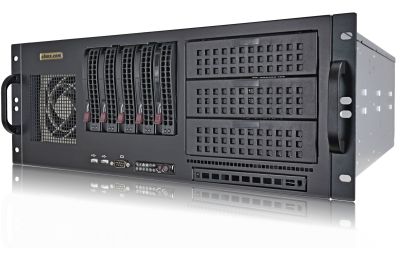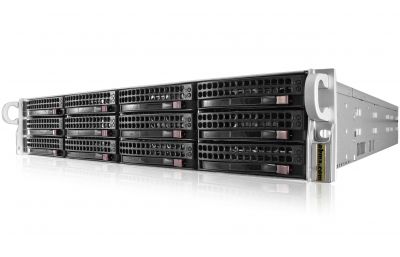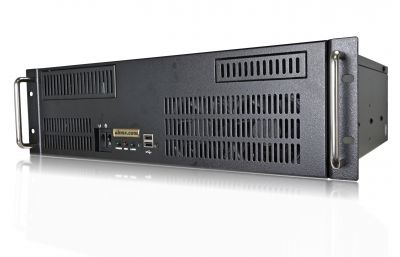There are two main differences between
enterprise-level and desktop-level hard drives.
- One being that enterprise drives have error correction firmware that enables the drive to verify that the read/write cycles are correct.
- Secondly, enterprise drives have higher durability than desktop drives. Vibrations cause drives to skip and this skip in turn causes a read or write error. Enterprise drives are designed to withstand twice the amount of vibration that a desktop drive does. Likewise, desktop drives operate at much lower temperatures than enterprise drives, enabling enterprise drives to thrive in much warmer RAID environments.
Knowing these facts, trying to coerce desktop drives into functioning in a large RAID array can prove to be problematic. Vibrations cause problems in larger arrays due to the sheer number of drives all spinning at the same time. Changes in the vibrations cause read/write errors and therefore end up inputting bad information to the RAM or the drive itself. Coupling the lack of error correcting firmware, bad data can constantly bombard the RAID controller.
Seagate drives are especially difficult to work with when creating these large arrays. Any Seagate desktop grade drive has trouble in RAIDs, meaning that they have all the weaknesses outlined above. Since there is no way to activate error checking or improve vibration resilience, these drives constantly fall out of RAID arrays. Falling out of an array causes a “degraded” state and without proper knowledge of what’s going on internally, you could be trying to figure it out for quite a while.
There is a light at the end of the tunnel! Western Digital released a tool for their drives to enable the error correction algorithm discussed above. There is a widening market for home users getting into the RAID world to protect their digital assets. The mentioned tool enables a user to set the error correction let a drive fix its input/output before being dropped out of the array. Of course, there is still the issue with the spindle speed and vibration, but with proper case management the error correction could be enough to sustain a much larger array with WD 1 TB to 2 TB drives.





